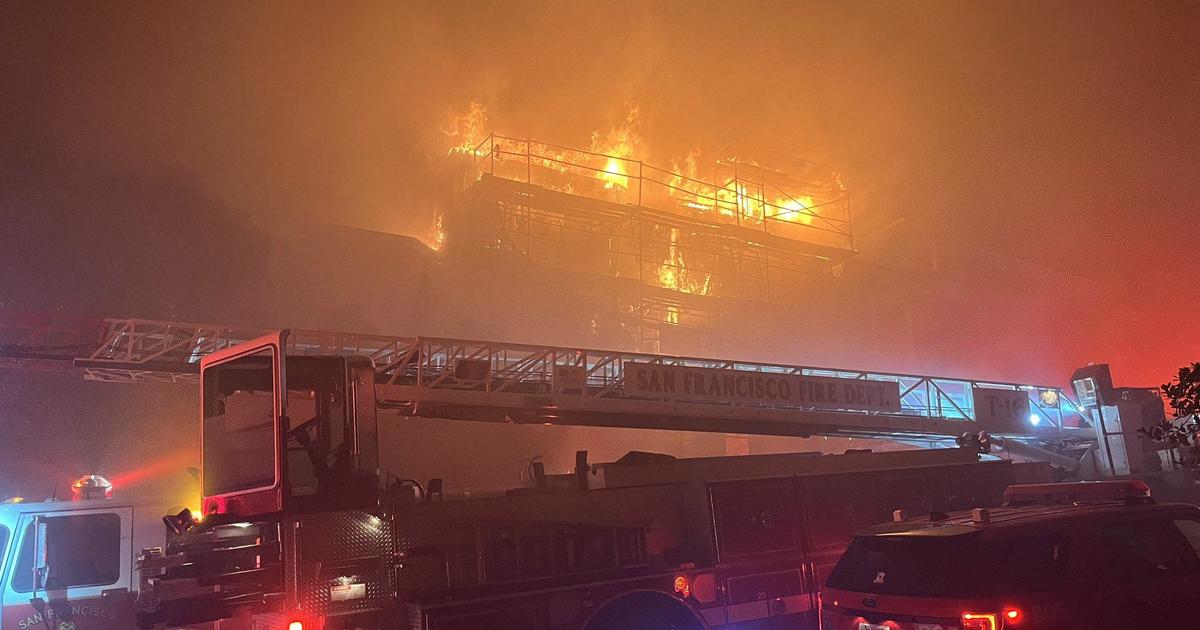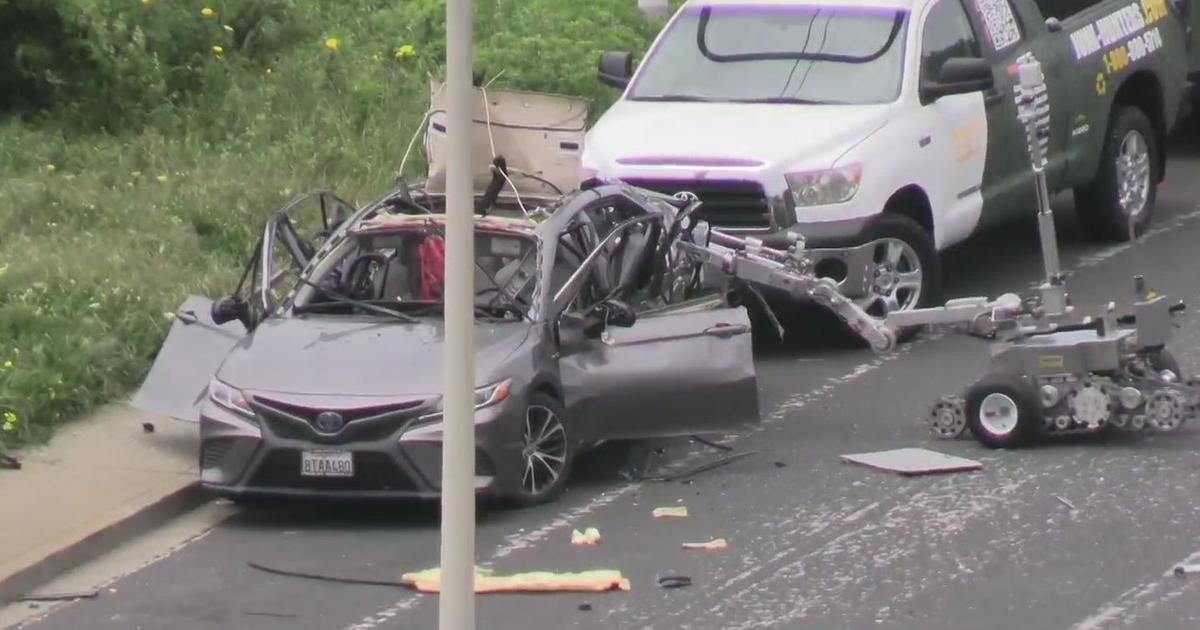Experts say nothing to fear for integrity of Bay Area bridges after Baltimore disaster
The collapse of Baltimore's Francis Scott Key Bridge early Tuesday is raising concerns around the Bay Area for commuters who regularly use the region's bridges and are wondering how they would hold up to a cargo vessel collision.
Local officials were quick to offer reassuring words when they spoke to CBS News Bay Area Tuesday afternoon.
"This is the most seismically advanced bridge ever designed," explained Caltrans' Bart Ney. "The eastern span of the Bay Bridge. It's not just the fender system."
Ney is talking about the first line of defense on the new Bay Bridge, and that is the fender system you see here. And while this one is unique to the tower foundation of the eastern span, there is something like this on every bridge in the bay.
"So those systems have completely different foundations," he said of the bridges. "Some, they never actually touch the bridge. Other bridges had the denders designed into their foundations so they were designed to actually crumple and absorb the energy, The idea is that the vessel never actually hits the bridge structure. Because we've got almost a bridge zoo in the bay area. We've got so many different types of bridges. Same thing is the same thing with the protection system. Depending on where you are at, the fender system has been designed for that particular bridge."
The fenders are so robust, Ney says, that it's not the bridges that suffer in collisions.
"The problem that we have had with the collisions that we have seen has been when tankers hit them, the ship takes the damage, not the bridge," Ney explained. "The ships don't make it to the bridge, and that's by design. But if it's an oil tanker, then suddenly we've got oil to deal with in the bay."
The Cosco Busan spill, evidence that the fender systems can work. But what about the circumstances as we understand them in Baltimore, with a large ship landing a direct hit at a pretty good speed.
"So that impact is being reported at about 8 knots," Ney said. "Which is significant for a ship of that size. But if had we seen something like that here at one of our bridges, the fender systems are designed to withstand that"
And it's not just the fender systems. All of the Bay's bridges have been retrofitted, in some cases multiple times, so they have an added factor of resilience.
"That's another advantage to California," Ney said. "Because of the earthquakes we have had to design our bridges so that they can absorb energy. So, even if you get the bridge being touched, all of our bridges, I've got the ability to move a little bit. But the idea really is not to have a vessel hit the structure."




